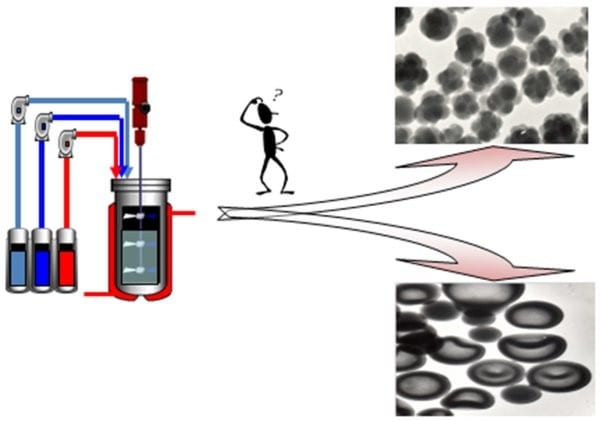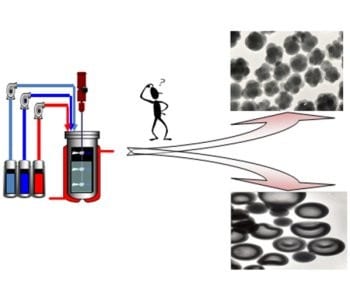 Waterborne polymer dispersions are used in a wide range of applications including adhesives, coatings, paper, carpet backing, additives for textiles and leather, impact modifiers for plastics, water treatment, lithography and biomedical applications such as drug and gene delivery and immunoassays. By including within each particle different polymers and inorganic materials, hybrid waterborne dispersions can provide improved performance in established applications and allow targeting new applications that are out of reach of the conventional homogeneous latexes. These product-by-process materials are produced by either emulsion or miniemulsion polymerization and their characteristics are determined in the reactor. Therefore, it is crucial to produce them by means of an optimal process strategy.
Waterborne polymer dispersions are used in a wide range of applications including adhesives, coatings, paper, carpet backing, additives for textiles and leather, impact modifiers for plastics, water treatment, lithography and biomedical applications such as drug and gene delivery and immunoassays. By including within each particle different polymers and inorganic materials, hybrid waterborne dispersions can provide improved performance in established applications and allow targeting new applications that are out of reach of the conventional homogeneous latexes. These product-by-process materials are produced by either emulsion or miniemulsion polymerization and their characteristics are determined in the reactor. Therefore, it is crucial to produce them by means of an optimal process strategy.
In their recent work, Maria Paulis and Jose M. Asua (POLYMAT and University of the Basque Country, Donostia-San Sebastian) have reviewed the fundamental knowledge available as well as the missing part needed to develop knowledge-based optimal production strategies, focusing on particle morphology, which is the most distinctive feature of these materials.
It was shown that as particle morphology cannot be monitored on-line, the choices for on-line control are limited to the use of “soft” sensors, namely, to mathematical models for the development of particle morphology. However, in spite of the great advances made, the existing models are not still suitable for on-line control purposes.
The article identifies the hindrances that should be overcome to achieve a good on-line control. They involve fundamental aspects that are not considered in the current models such as the partial miscibility among different polymers, the interaction among inorganic nanoparticles and their partition between the surface of the particles and the aqueous phase. In addition, the mathematical structure of the current models only provides the evolution of the morphology of a single particle and they are computationally demanding.

















